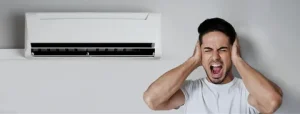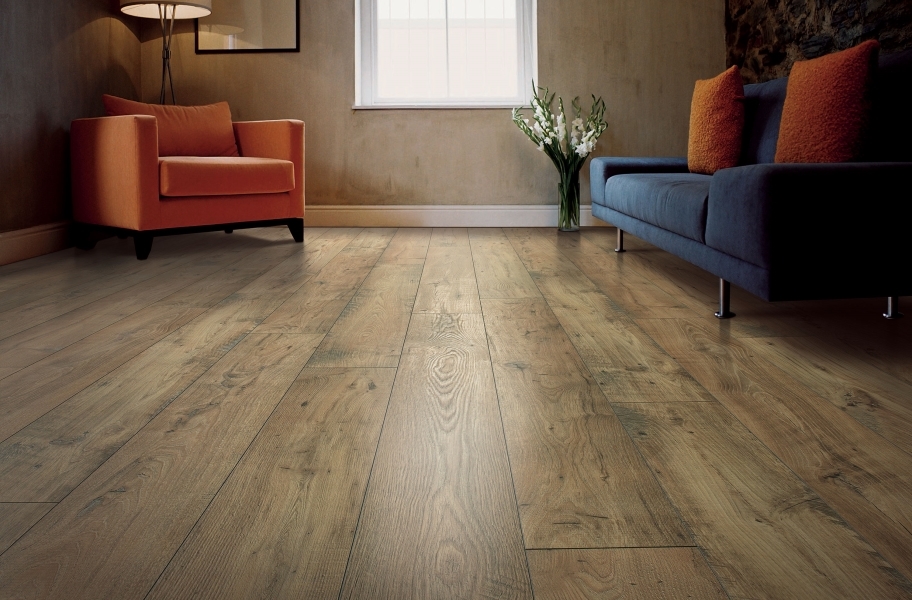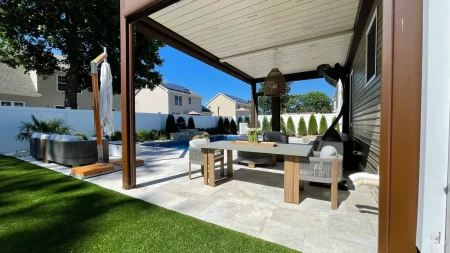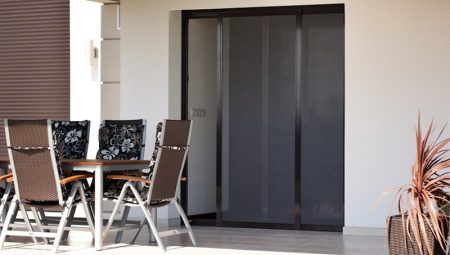Engineered timber flooring offers the undeniable beauty and warmth of natural wood with the added benefits of stability and practicality. If you’re considering this popular flooring option, this guide will equip you with everything you need to know, from understanding its construction to navigating installation and maintenance.
What is Engineered Timber Flooring?
Engineered timber flooring, sometimes called engineered hardwood, is a multi-layered product. Unlike solid hardwood planks made from a single piece of wood, engineered timber boasts a core construction typically made from high-quality plywood or MDF (medium-density fiberboard). This core is then topped with a real wood veneer, usually ranging from 2mm to 6mm thick. The veneer is the layer you see and provides the aesthetic beauty of hardwood. The entire structure is then bonded together with high-strength adhesives under immense pressure.
Benefits of Engineered Timber Flooring:
- Stability: The biggest advantage of engineered timber flooring is its superior dimensional stability compared to solid hardwood. The cross-ply construction minimizes cupping, warping, and gapping caused by fluctuations in temperature and humidity. This makes it a great choice for basements, areas with radiant heating, or rooms prone to moisture variations.
- Versatility: Engineered timber can be installed over various subfloors, including concrete, making it a more adaptable option than solid hardwood. Additionally, it can be glued down, nailed down, or even clicked together with a floating installation method, offering flexibility for different needs.
- Durability: Engineered timber is highly durable and can withstand significant wear and tear. The top wood veneer can be sanded and refinished multiple times, extending the floor’s lifespan for decades.
- Wider Plank Options: Due to its stable construction, engineered timber can be manufactured in wider planks compared to solid hardwood. This creates a more open and expansive look in your space.
- Variety: Engineered timber is available in a vast array of wood species, stains, and finishes. This allows you to create a custom look that complements your existing décor.
Things to Consider Before Choosing Engineered Timber Flooring:
- Top Layer Thickness: The thickness of the real wood veneer on top is crucial. A thicker veneer (4mm or more) allows for sanding and refinishing, maximizing the lifespan of the floor.
- Wood Species: Different types of wood offer varying degrees of hardness and durability. Opt for harder species like oak or hickory for high-traffic areas.
- Finish: Consider the look you desire. Pre-finished options offer convenience, while unfinished ones allow for customization. Be mindful of finishes with lower VOC (volatile organic compound) emissions for better indoor air quality.
- Installation: Engineered timber can be DIY-friendly, especially with click-lock systems. However, proper subfloor preparation and installation techniques are vital for optimal performance.
Caring for Your Engineered Timber Floor:
- Regularly sweep or vacuum to remove dirt and debris.
- Use appropriate cleaning products specifically designed for hardwood floors.
- Place mats at high-traffic areas and rug grippers under area rugs.
- Maintain consistent humidity levels in your home to minimize warping.
- Sanding and refinishing can be done professionally, depending on the thickness of the wear layer, to restore the floor’s beauty.
Engineered Timber Flooring vs. Solid Hardwood:
While both offer the beauty of natural wood, here’s a quick comparison:
| Feature | Engineered Timber | Solid Hardwood |
|---|---|---|
| Stability | More stable | Less stable, prone to warping |
| Moisture Resistance | More resistant | Less resistant |
| Installation Flexibility | More versatile | Less versatile |
| Cost | Generally less expensive | More expensive |
| Plank Width Options | Wider planks available | Limited width options |
Conclusion:
Engineered timber flooring provides a stylish and practical alternative to solid hardwood. Its stability, versatility, and beautiful wood finishes make it a popular choice for modern homes. By understanding its construction, benefits, and considerations, you can make an informed decision and enjoy the warmth and elegance of a well-maintained engineered timber floor for years to come.










